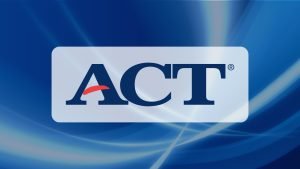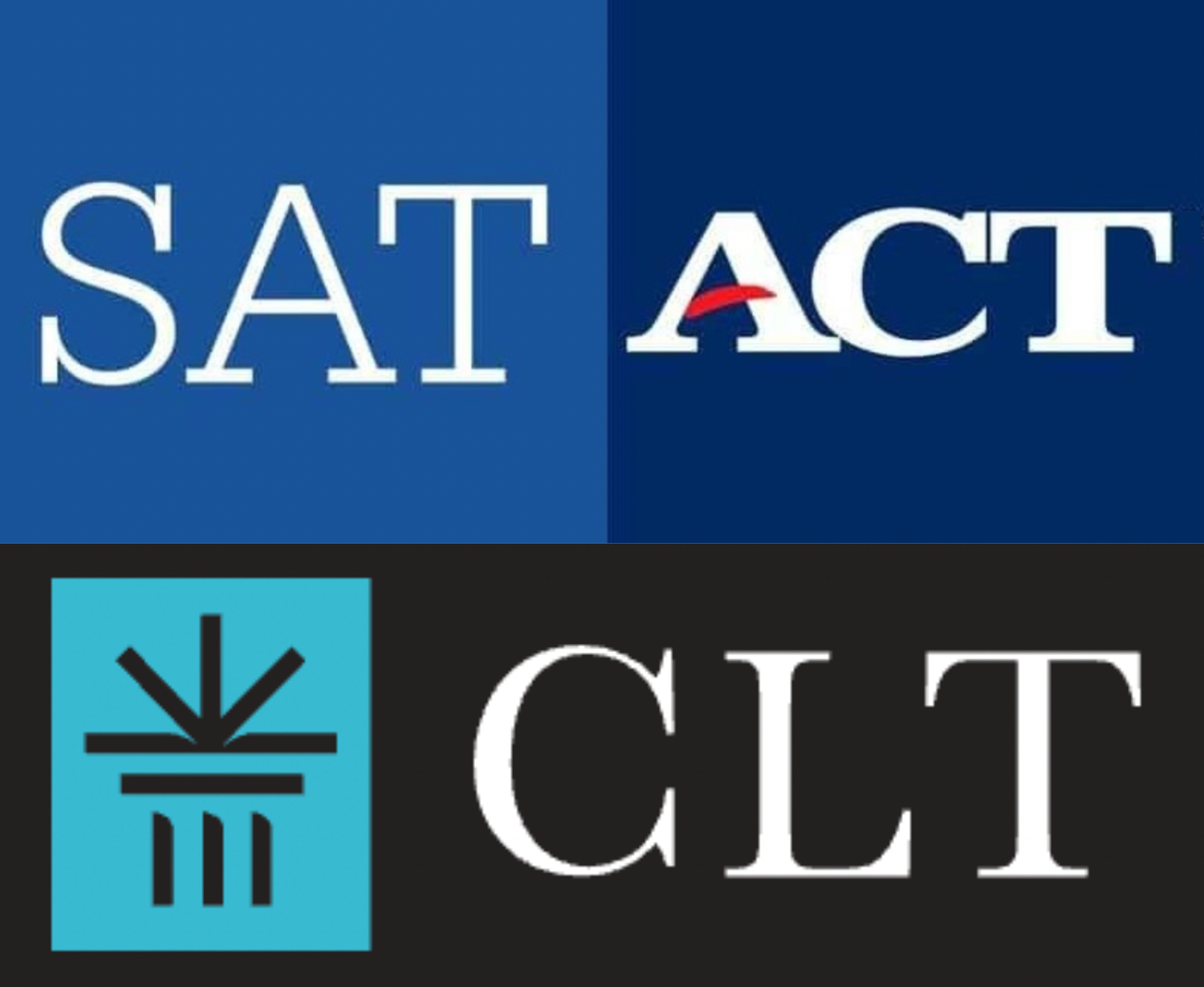Introduction
Standardized testing is an integral part of the college admissions process, often playing a significant role in determining a student’s eligibility for admission and scholarships. While the SAT and ACT have long been the go-to options for most students, a newer contender has entered the arena: the Classic Learning Test (CLT).
In this blog post, we will delve into the key differences between the ACT, SAT, and CLT standardized tests, helping you make an informed decision about which one might be the best fit for your college-bound journey.
1. Test Format and Structure
Let’s begin by discussing the fundamental differences in the format and structure of these three standardized tests.
ACT:
-
- The ACT consists of four main sections: English, Math, Reading, and Science, with an optional Writing (Essay) section.
-
- Each section is scored on a scale of 1 to 36, and the composite score is an average of these four scores, rounded to the nearest whole number.
-
- The test is known for its straightforward questions and fast-paced nature, with limited time for each section.
SAT:
-
- The SAT, on the other hand, includes three sections: Evidence-Based Reading and Writing (EBRW), Math, and an optional Essay section.
-
- The EBRW section combines Reading and Writing, and scores for each section range from 200 to 800. The total SAT score is the sum of the EBRW and Math scores, ranging from 400 to 1600.
-
- The SAT emphasizes critical thinking, problem-solving, and evidence analysis.
CLT:
-
- The CLT follows a more classical approach to testing and consists of three sections: Verbal Reasoning, Grammar/Writing, and Quantitative Reasoning.
-
- The CLT is scored on a scale of 0 to 120, with each section contributing to the overall score. Unlike the ACT and SAT, the CLT does not have a separate essay section.
-
- The CLT is designed to assess a student’s ability to think critically, reason logically, and communicate effectively.
2. Content and Emphasis
The content and emphasis of these tests vary, catering to different strengths and learning styles.
ACT:
-
- The ACT includes a dedicated Science section, testing a student’s ability to interpret data and draw conclusions from scientific information.
-
- The Math section on the ACT includes trigonometry and advanced algebra topics.
-
- The Reading section focuses on comprehension and interpretation of passages.
SAT:
-
- The SAT features more complex vocabulary and sentence structure in the EBRW section.
-
- The Math section on the SAT tends to emphasize problem-solving and data analysis over advanced math concepts.
-
- The SAT places a greater emphasis on evidence-based reading and analytical writing.
CLT:
-
- The CLT emphasizes classical literature and philosophy in its Verbal Reasoning section.
-
- The Grammar/Writing section assesses a student’s ability to apply grammar rules and analyze sentence structure.
-
- The Quantitative Reasoning section evaluates mathematical reasoning and problem-solving skills.
3. Essay (Optional)
All three tests offer optional essay sections, but they differ in terms of requirements and scoring.
ACT:
-
- The ACT Essay requires students to analyze and evaluate complex issues, often related to education, work, and society.
-
- It is scored separately on a scale of 2 to 12 by two different graders.
SAT:
-
- The SAT Essay asks students to analyze a provided source text and how the author builds an argument.
-
- It is scored separately on a scale of 6 to 24 by two different graders.
CLT:
-
- The CLT does not have an essay section, making it the only one of the three without this optional component.
4. Test Duration and Timing
The duration and timing of these tests can significantly impact a student’s experience and performance.
ACT:
-
- The ACT (without the essay) takes approximately 2 hours and 55 minutes.
-
- With the optional essay, it extends to about 3 hours and 35 minutes.
SAT:
-
- The SAT (without the essay) takes around 3 hours.
-
- With the optional essay, it extends to about 3 hours and 50 minutes.
CLT:
-
- The CLT is relatively shorter, with a duration of 2 hours.
5. Scoring and Score Reporting
Understanding how these tests are scored and how scores are reported is crucial for interpreting your results.
ACT:
-
- Scores for each section are reported on a scale of 1 to 36.
-
- The composite score is an average of the section scores, rounded to the nearest whole number.
-
- Score reports include sub-scores for each section and an optional Writing score.
SAT:
-
- Scores for the EBRW and Math sections range from 200 to 800 each.
-
- The total SAT score is the sum of the two section scores, ranging from 400 to 1600.
-
- Score reports include cross-test scores and subscores for additional insights.
CLT:
-
- The CLT is scored on a scale of 0 to 120, with each section contributing to the overall score.
-
- Score reports provide a detailed breakdown of a student’s performance in each section.
Conclusion
In the realm of standardized testing, the ACT, SAT, and CLT each offer a unique approach to assessing a student’s readiness for college. Your choice between these tests should align with your strengths, preferences, and the requirements of the colleges to which you are applying. It’s also important to note that an increasing number of colleges are becoming test-optional, allowing students to decide whether they want to submit standardized test scores at all.
Ultimately, the key to success on any of these tests is thorough preparation, whether through self-study, test prep courses, or tutoring. Take the time to research and understand the requirements of the colleges on your list, and make an informed decision about which standardized test is the right fit for you. Remember, standardized tests are just one piece of the college admissions puzzle, and your overall academic performance, extracurricular activities, and personal essays also play a significant role in your college application.


